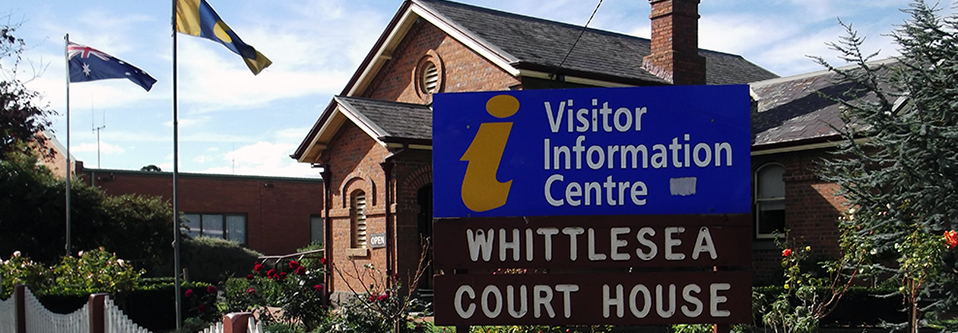History of Whittlesea
Before white settlement the land was lived on by the Wurundjeri wilam clan who were located around the local waterways.
The town of Whittlesea is located on the Plenty River was originally called Plenty in 1853 but the name was changed in 1864. Settlers first came here in 1837 and the town was surveyed in 1853 and later the Anglican Church and school were built.
The area was mainly used for farming but the land was not looked after properly and soon deteriorated to be suitable for grazing animals only. Dairy farming became an important industry. The rail line here was delayed and when finally built terminated at Fitzroy instead of Melbourne. This was not a good plan for the Plenty Valley Milk Industry but it did support the timber paling industry.
During the wars and after World War II the population slowly increased and grew rapidly between the 1950’s and 1990’s. It was close to Melbourne and people could commute to work.
Historical sites
Bear’s Castle was built in the 1840’s and it is not known what it was built for. It is the Yan Yean Reservoir Catchment area.
Carome Homestead has been fully restored and is the site of one of the state’s first water powered flour mills.
Farm Vigano has been restored recently has a great Italian restaurant and you can learn about the history of the Farm.
Le Page Historic Homestead and art gallery is a restored farm with some of the original fruit trees in the orchard.
Mernda Bakery was built in the 1890’s and has the original oven, stables, shop and house.
Westgarthtown and Ziebell’s Farmhouse features a restored bluestone church and farmhouse and a cemetery. It showcases the German immigrants to the area.
Whittlesea Court House was built in 1864 and is one of the oldest remaining buildings in the area. It features the single lock-up cell built in 1959 to service the area.
Yan Yean Reservoir was constructed over 4 years from 1853 and was built to provide a fresh drinking water supply.
